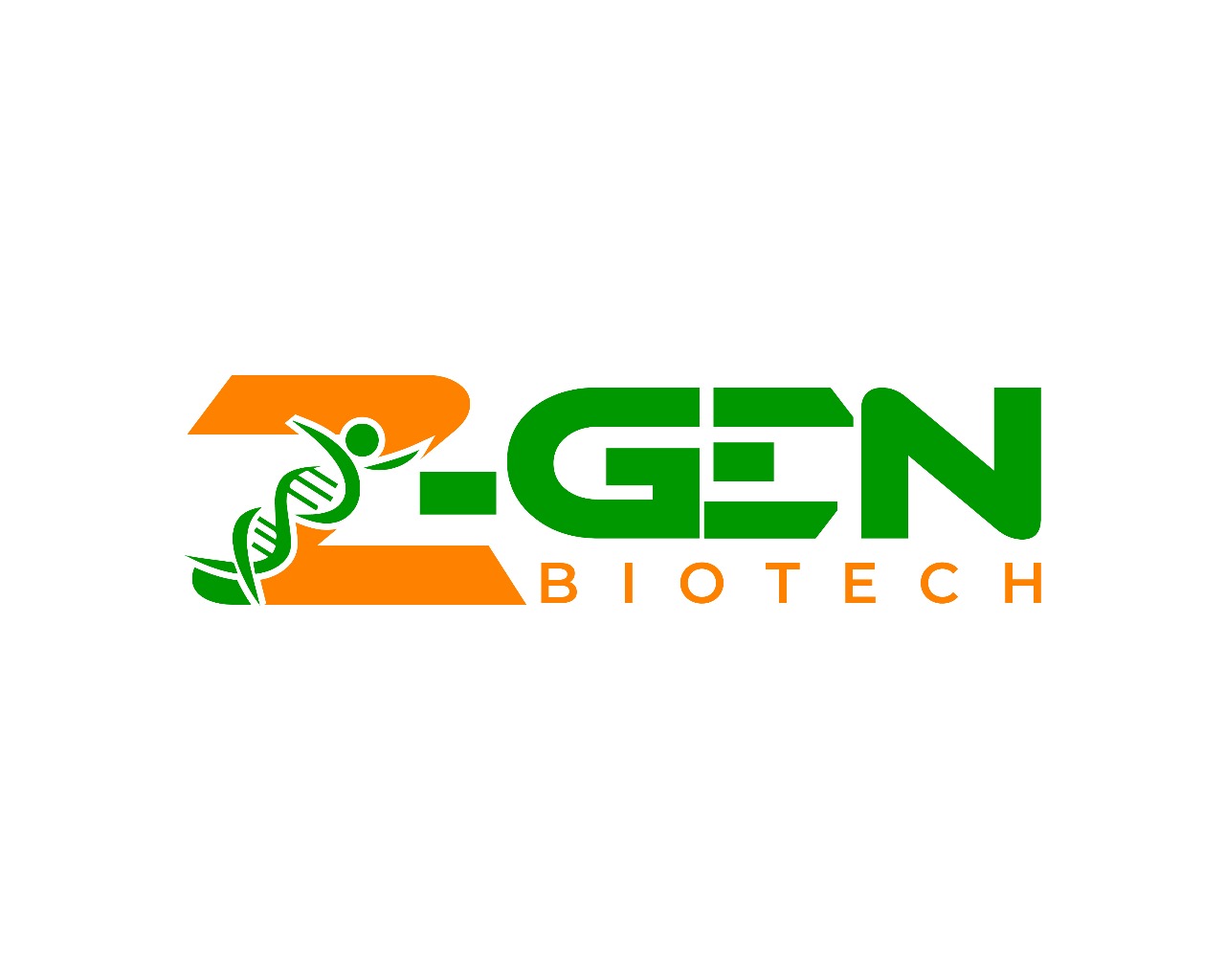Reagents
Reagents are substances or compounds that are added to a system to cause a chemical reaction or to test for the presence of another substance. They are widely used in various scientific fields, including chemistry, biology, and medicine. Below are key points about reagents:
Types of Reagents
- Analytical Reagents: Used for detecting, identifying, or quantifying substances. Examples include indicators like phenolphthalein and titration solutions like sodium hydroxide.
- Synthetic Reagents: Used in chemical synthesis to transform starting materials into desired products. Examples include Grignard reagents, sodium borohydride, and bromine.
- Biological Reagents: Utilized in biological experiments and diagnostics, such as enzymes, antibodies, and buffers.
- Specialty Reagents: Designed for specific applications, like PCR reagents in molecular biology or staining reagents in histology.
Properties to Consider
- Purity: Reagents are often classified by their purity levels, such as “technical grade,” “reagent grade,” or “ACS grade.”
- Reactivity: Their ability to react under specific conditions is crucial for their intended use.
- Stability: Some reagents degrade over time or when exposed to light, heat, or air.
- Safety: Many reagents can be toxic, flammable, or corrosive, requiring careful handling and proper storage.
Examples of Common Reagents
- Acids and Bases: Sulfuric acid, hydrochloric acid, sodium hydroxide.
- Oxidizing Agents: Potassium permanganate, hydrogen peroxide.
- Reducing Agents: Lithium aluminum hydride, dithiothreitol (DTT).
- Solvents: Methanol, ethanol, acetone, often used as media for reactions.
Applications
- Chemical Analysis: Identifying and quantifying substances in mixtures.
- Synthesis: Producing new chemical compounds.
- Clinical Diagnostics: Detecting biomarkers in blood or tissue samples.
- Environmental Testing: Monitoring pollutants in water, air, and soil.

